by Heather Kolesa | May 9, 2016 | Y2K9s News
Some changes with aging are inevitable, but as our dogs grow older, we can take several steps to help maintain their quality of life. Prevention, monitoring, and maintenance are keys to keeping senior dogs healthy and active, in conditions from periodontal disease to diabetes.
Y2K9s Member Samra Elser gave a presentation on this topic at the April 19 Membership Meeting, and recommended several methods for monitoring and protecting our dogs:
- Annual or semi-annual veterinary exam
- Complete blood count, chemistry panel (add thyroid if not already included), urinalysis
- Regular dental exams with professional cleaning (every six to twelve months) and extraction of diseased teeth if needed
- Maintain lean body condition (proven to increase longevity)
- Teach hand signals to maintain communication (hearing and/or other senses often become impaired as dogs age)
There are also things we can do to make our homes more amenable to an aging dog’s needs:
- Provide non-slip surfaces and ramps or stairs
- Keep toenails and hair on paws short to increase traction
- Allow access to soft bedding
- Climate control (warm and cold)
And perhaps most important, by continuing our interactions with our dogs, we can maintain certain routines and adjust others as needed:
- Maintain routines (important as a dog’s senses grow compromised)
- May need more frequent bathroom breaks
- Monitor bodyweight and increase or decrease caloric intake
- Exercise at ability-appropriate level
- Continue sports if desired
- Endurance (trotting or swimming)
- Strength (target hind limbs and core)
- Treat discomfort if needed (NSAIDS such as Rimadyl (generic name Carprofen), Deramaxx (generic name Deracoxib), and others
We all know how frightening a diagnosis of cancer can be. For many types of cancer, early detection is critical. You can check your dog for possible early indications using the following practices:
- Perform monthly mammary exams on female dogs
- Palpate testicles on intact male dogs
- Arrange for your veterinarian to perform rectal exam annually
- Examine your dog frequently (including mouth, eyes, and ears) to identify superficial masses
- Abdominal ultrasound may identify tumors, but is impractical for routine screening
Samra’s talk was a farewell to the club, at least for the short term. Her veterinary training now requires her to take a leave from teaching at Y2K9s (she is working toward a combinedVMD/PhD). We wish her well and look forward to her return.
[cro_button text="Back to Chew on This Vol. 1, No.2" link="http://us9.campaign-archive1.com/?u=6e209ceaaa80d7f3a608371e7&id=baed600532" color="1"]
by Heather Kolesa | May 9, 2016 | Y2K9s News
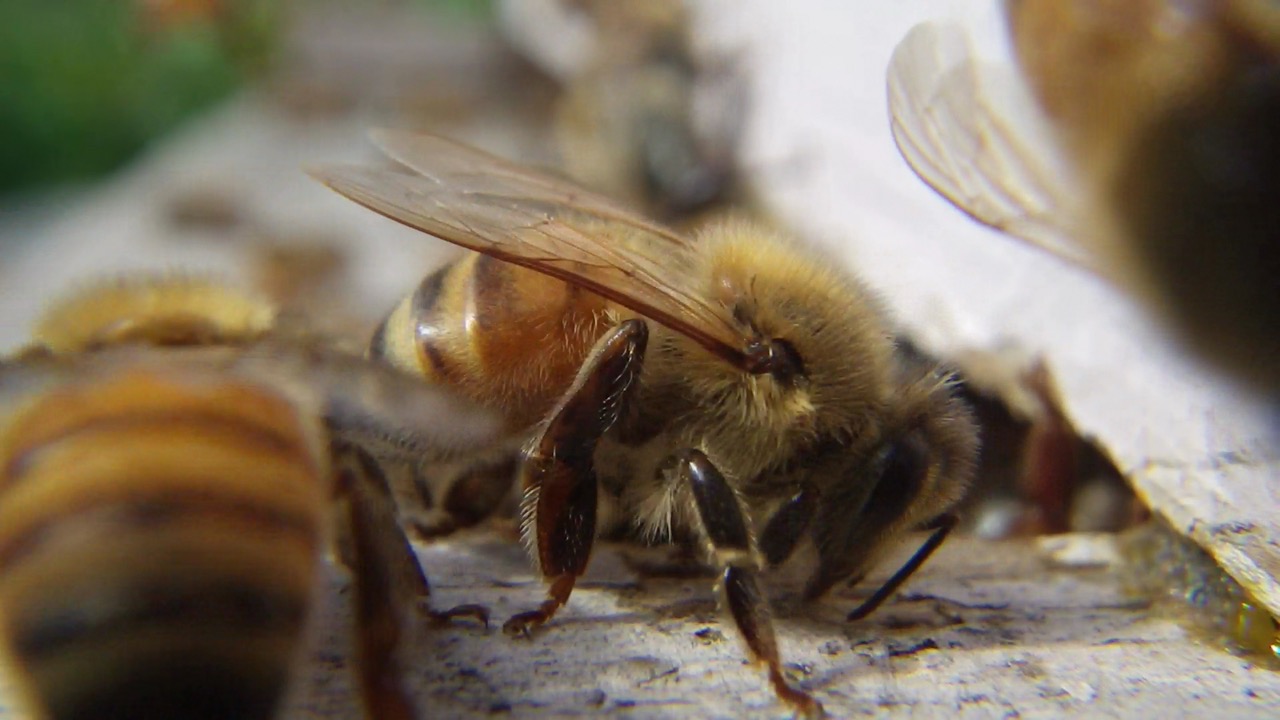
Photo credit: Jon Snyder
By Christina Fuoco, VMD, CVA, CCRT
Medical Director
WAG: Whole Animal Gym
Spring has sprung and the bees are buzzing! With bees, comes honey. And honey benefits dogs and their owners.
Honey dehydrates bacteria – which makes it a very effective antibacterial. A 2016 study concluded that “the healing process of the surgical wound and its final aesthetic result could be improved by using honey dressing.” Honey may also help with allergic reactions. How?
Honey also helps relieve inflammation and seems to help with allergies, though here there is some debate. Doubters question whether there is enough pollen in honey to help build immunity. Supporters believe that a smaller quantity is more likely to affect the immune system just enough to keep it from generating an immediate allergic reaction. That in turn enables the immune system to become accustomed to having that pollen around. When pollen season arrives, the immune system is no longer programmed to react.
For allergies, be sure to choose raw honey, collected locally. Too much processing tends to affect the enzymes. And if the honey isn’t local, it likely won’t have the right pollens.
But if you or your dog has had anaphylactic reactions to bee stings, you should consult with your doctor about the risks of eating raw honey.
For a fascinating look at beehive activity, click here: House party at the hive
Dr. Fuoco is a traditionally trained veterinarian with additional certifications in canine rehabilitation and acupuncture. She has developed a holistic approach to her medical practice, balancing the best of Eastern and Western medicines. Her husband keeps bees and sells raw local honey for dogs at WAG.
[cro_button text="Back to Chew on This Vol. 1, No.2" link="http://us9.campaign-archive1.com/?u=6e209ceaaa80d7f3a608371e7&id=baed600532" color="1"]
by Heather Kolesa | May 4, 2016 | Y2K9s News
[cro_halves_layoutstart]
If you know our Founder, Deb Norman (no one, but no one calls her Debbie, let alone Deborah), you might enjoy this update. If you don’t, you’ll enjoy getting to know her.
Deb is totally devoted to dogs. Yours, mine, everyone’s. Her current four-legged family includes:
4 Border Collies
1 Shetland Sheepdog
1 Border Collie/Whippet Mix
1 Danish-Swedish Farm Dog
Plus
7 sheep
1 llama
2 chickens
A Danish-Swedish farm dog? Only a few hundred of them have made it to the U.S. to date. They are 12-16” high, and are great Flyball and tracking dogs. Deb’s Trinket has just turned 2.
[cro_halves_layoutmid]
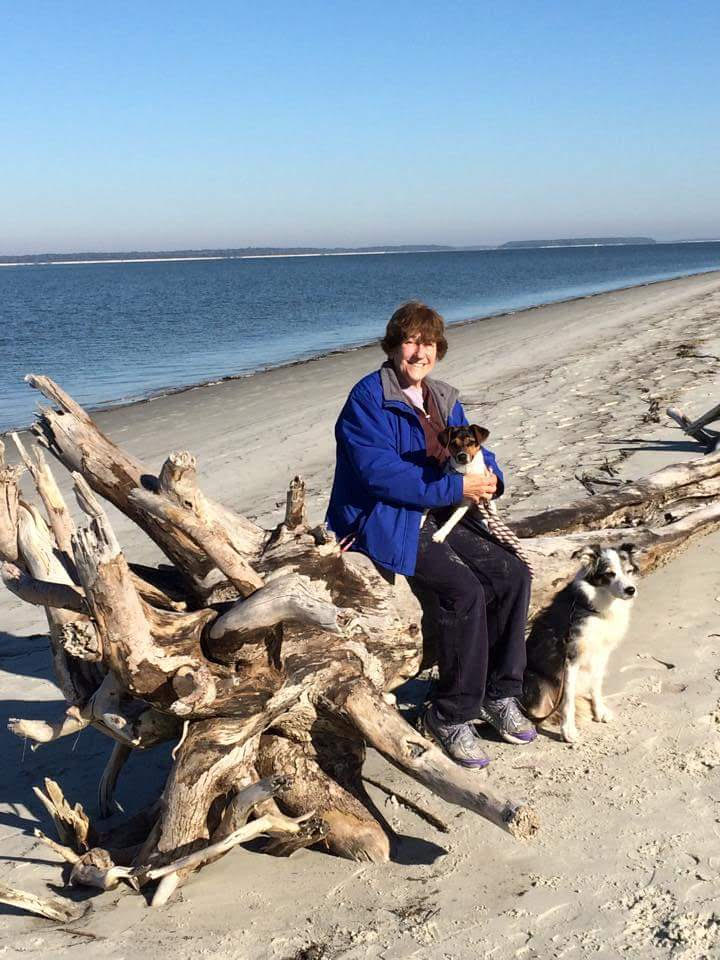
Deb, Trinket and Shiner
[cro_layoutend]
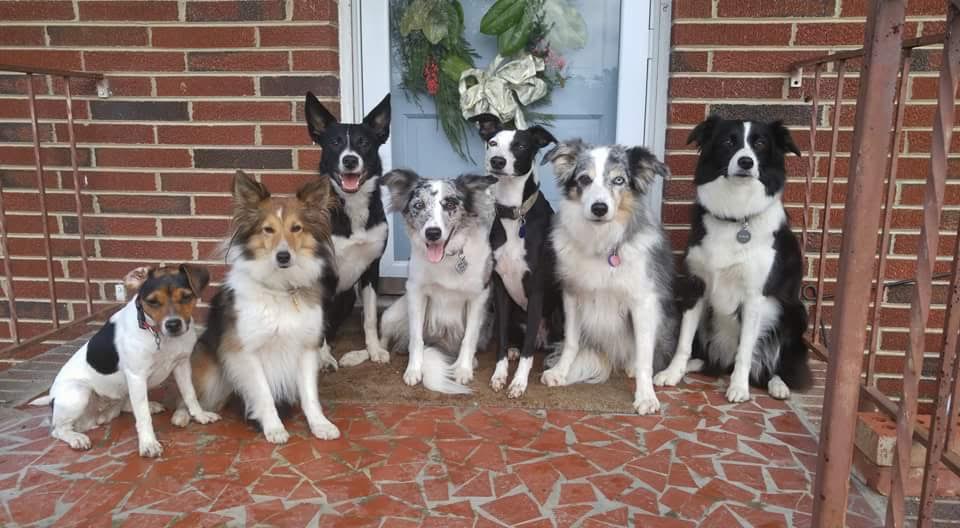
Left to right: Trinket, a Danish Swedish Farm dog; Hop Devil, a sheltie; Taylor, a teenaged, working lines border collie; Party, Shiner's daughter; Roulette, a border collie /whippet mix; Shiner, the matriarch; Passion, Shiner's daughter
Deb’s dog-training career parallels the growth of dog sports in the USA. Her first dog, Rori, a Belgian Tervuren, joined Deb’s family in 1970. They trained and competed in obedience and conformation – which was about all Deb could find back then.
Over the next ten years, for most of which she was living in Canada, Deb continued competing in obedience and conformation. One day in 1980, a member of her dog obedience club showed up to class carrying a box that sported a “weird sort of arm with a can attached to it,” Deb recalls. “If you stepped on a pedal, it would shoot out a ball, which the dogs would catch.” The box was of course an early prototype of the Flyball box, which Deb fell in love with instantly: “Both dogs and people had a blast – the polar opposite of obedience.” Since then, Deb’s passion for Flyball has become legendary.
It wasn’t until she returned to the US that Deb started training in agility at Suburban Dog Training Club. Soon Deb, along with her daughter Julie, formed a new club, “Best Friends,” which emphasized positive reinforcement training. Early members included many familiar names: Diane Battis, Edie Williams, our sorely missed Lynn Hull, Sally and Larry Silverman, Katie Conn, Joyce Smuda, and the late Susie Ellis, devoted member and benefactor.
Deb’s first training facility was in Chestnut Hill, in the basement of her church. The club was “nomadic,” she says, trundling from church basements to community centers to friends’ homes.
In 1999, the Best Friends Corporation announced a move into the area. Clearly, the club needed a new name. The coming millennium (the “Y2” crisis), inspired Deb to think of Y2K9s. Her colleagues loved it. And so we’ve been called ever since.
As Y2K9s grew, Deb and her colleagues began to look for a permanent home. Ultimately, they found warehouse space on Mermaid Lane in Wyndmoor. It was “covered with soot – a giant mess, filled with machine parts and junk. But Julie and I saw 200 feet of Flyball space.” So they took a giant leap, from renting space at $60 a night to signing a lease with a monthly rental of $2,750 plus utilities. The move was a smart one, as Y2K9s built an outstanding group of trainers and an excited group of trainees. Deb is particularly proud that she and Julie came up with the novel idea of a “skills” class. At Y2K9s, handling, jumping, and contacts & weaves were all taught separately. “I think it’s one of the reasons we attracted people from all over,” says Deb.
Deb retired from Y2K9s in 2013, but she continues to raise dogs and train them. On 35 acres in a small town not far from Greensboro, North Carolina, she is realizing her dream of creating a brand new performance sports facility. A generously sized 85’x180’ structure situated on a five-acre field, it will be fully heated and air conditioned, and feature premium turf flooring. She expects to break ground for it very soon, and will offer family and competition obedience, rally, agility, Flyball, disc, etc. – in other words, a full-service dog sports program.
Deb loves the rural quality of her property, and the luxury of total immersion in her animals and her land. And when the spirit moves her, she drives 20 minutes to Greensboro to enjoy performances of her beloved choral music, as well as theater and other arts.
Some retirement. Long may she enjoy it!
[cro_halves_layoutstart]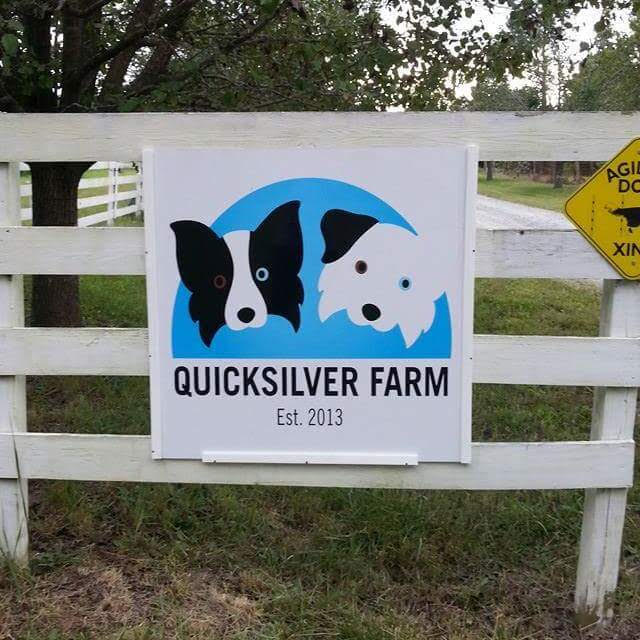 [cro_halves_layoutmid]
[cro_halves_layoutmid]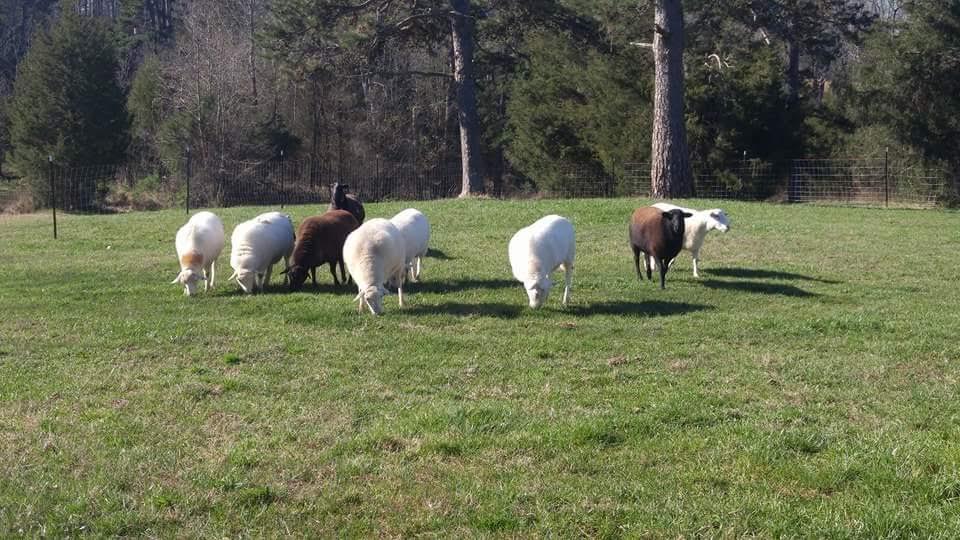 [cro_layoutend]
[cro_layoutend]
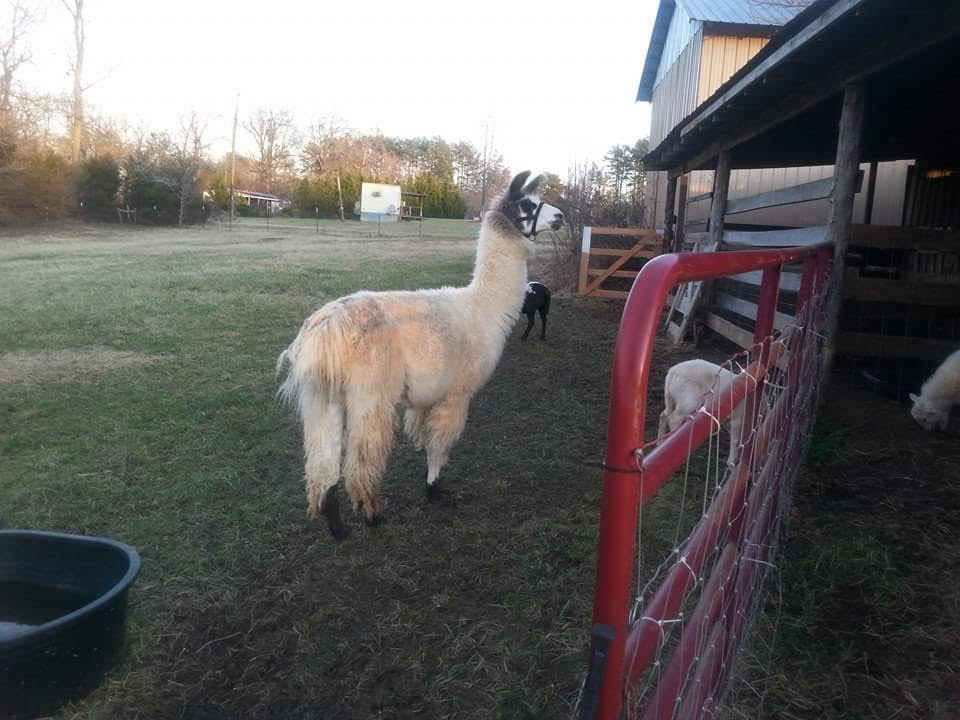
Fernando the llama, who protects the sheep from predators
[cro_button text="Back to Chew on This Vol. 1, No.2" link="http://us9.campaign-archive1.com/?u=6e209ceaaa80d7f3a608371e7&id=baed600532" color="1"]




 [cro_halves_layoutmid]
[cro_halves_layoutmid] [cro_layoutend]
[cro_layoutend]